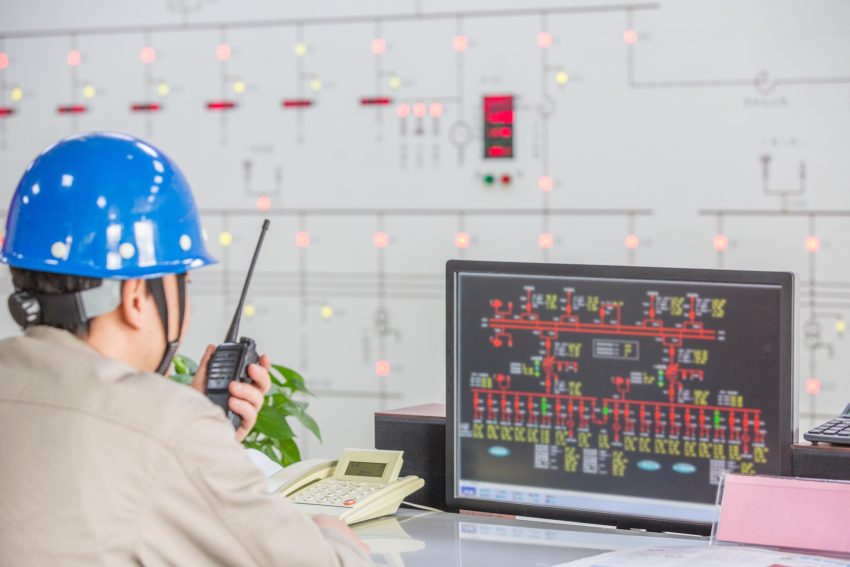It is necessary to look at short circuits during power system design to see how the network reacts to abrupt increases in electricity. With the gathered information, engineers opt for the right amount of equipment, place protection and carefully handle and isolate the area with faults. This way, you reduce the risks of broken equipment, electrical fires and unexpected losses of electricity. This analysis carried out before design guarantees the system will be safe, work properly and is fit for use in the industrial sector. All in all, looking for possible short circuits ensures good power system performance in tough conditions. Now we will discuss the role of short circuit analysis in power system design.
What is the Role of Short Circuit Analysis in Power System Design?
Predicts Fault Currents for System Safety
The strength of the fault currents at various locations within the system can be predicted by doing a short circuit analysis. Sometimes, when a fault takes place, the current level can rise to a point where it harms machinery, starts fires or endangers people. With the information from fault current analysis, engineers provide proper design and setup for fuses and circuit breakers that can manage high currents. Acting proactively lets engineers ensure the electricity network will manage any faults that occur safely. Accurate estimations of fault currents cut down the risk of failures experienced by other components and make the power system safer overall.
Assists in Equipment Sizing and Selection
Its main advantage lies in the fact that it helps find the correct size and rating of components such as transformers, switchgear, cables and protective devices. If equipment is not valued for what it could do, it might fail badly when there is a fault, making the situation dangerous and leading to expensive consequences. Meanwhile, if you use larger equipment than is needed, you keep spending on things that you won’t need. Using correct short circuit data, engineers are able to guarantee both safety and cost efficiency, making sure that all parts continue working properly during faults and optimize the entire design.
Enables Proper Coordination of Protective Devices
If equipment is working properly, the outage of power for customers is isolated to the area of the system with the fault and the rest remains operational Proper arrangement of safety breakers and relays to avoid unneeded separations is assisted by data from short circuit studies. Protected areas of the network ensure that systems continue to run and no outages happen. If the team is not strong enough, a little problem might stop the whole project. Therefore, to find and isolate faults fast, correctly and reliably in high-speed electrical networks, short circuit analysis must be done.
Ensures Regulatory Compliance
By law, most electrical systems in the commercial and industrial sectors need short circuit studies from organizations such as IEEE, IEC and NEC. They are set in place to guarantee that systems are built to address and solve electrical issues in a safe and proper way. Usually, safety inspections, insurance providers and those in charge of a project require short circuit studies to be completed and saved. Failing to obey construction rules can bring financial fines, delays in the project and risks to people at places of work.
Reduces Risks and Enhances Reliability
Short circuit study makes it possible to find hidden weaknesses in the network before they bring about a failure. With knowledge of the likely problems in different areas and how serious they can be, engineers can enhance those regions with new systems, improved equipment or better protective measures. In time, managing risks in advance helps to cut the cost of maintenance, increase how much the system works properly and reduce issues that disrupt business operations. All in all, performing circuit analysis fortifies the power system’s dependability which ensures it can operate safely, regardless of unexpected changes or issues.
Conclusion
Short circuit analysis is an essential part of power system design, offering critical insights that protect both people and infrastructure. Trident Techlabs UAE specializes in delivering end-to-end electrical engineering solutions—including advanced short circuit studies services—for industrial, commercial, and infrastructure projects. Our team uses cutting-edge software tools and industry best practices to ensure your power systems are designed with precision, safety, and compliance in mind.

